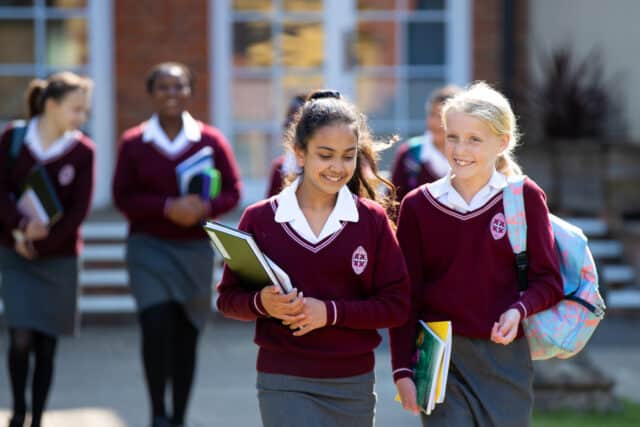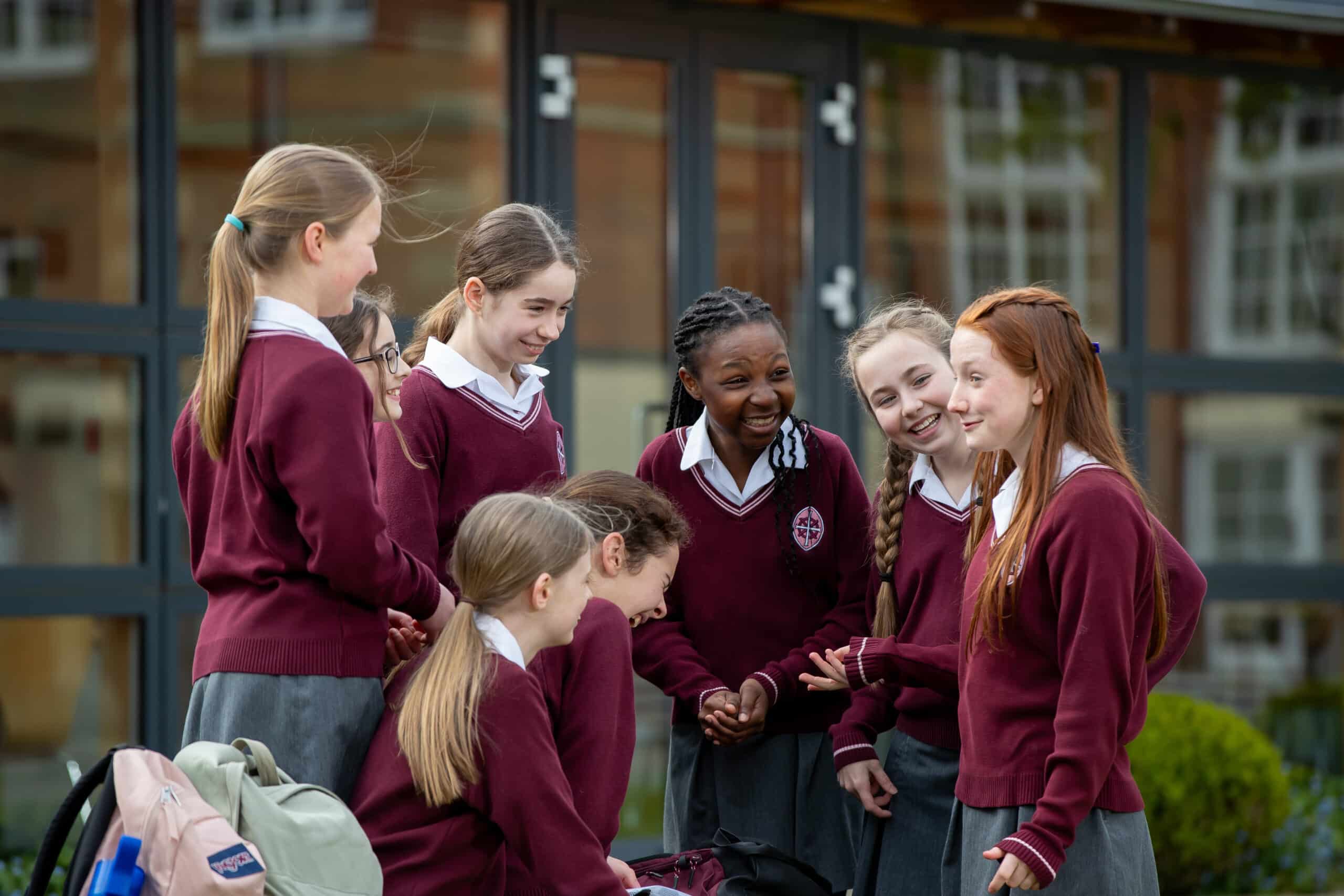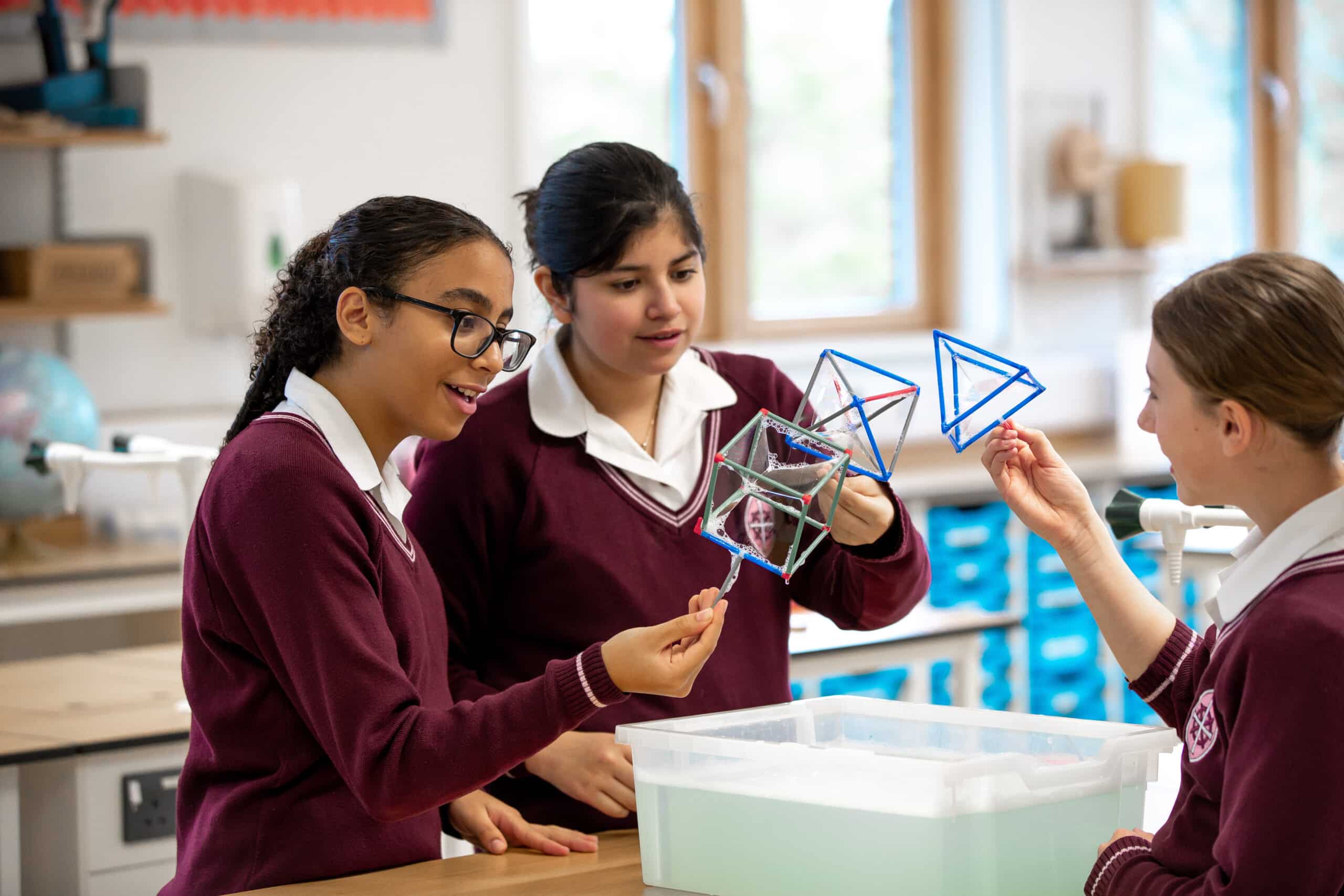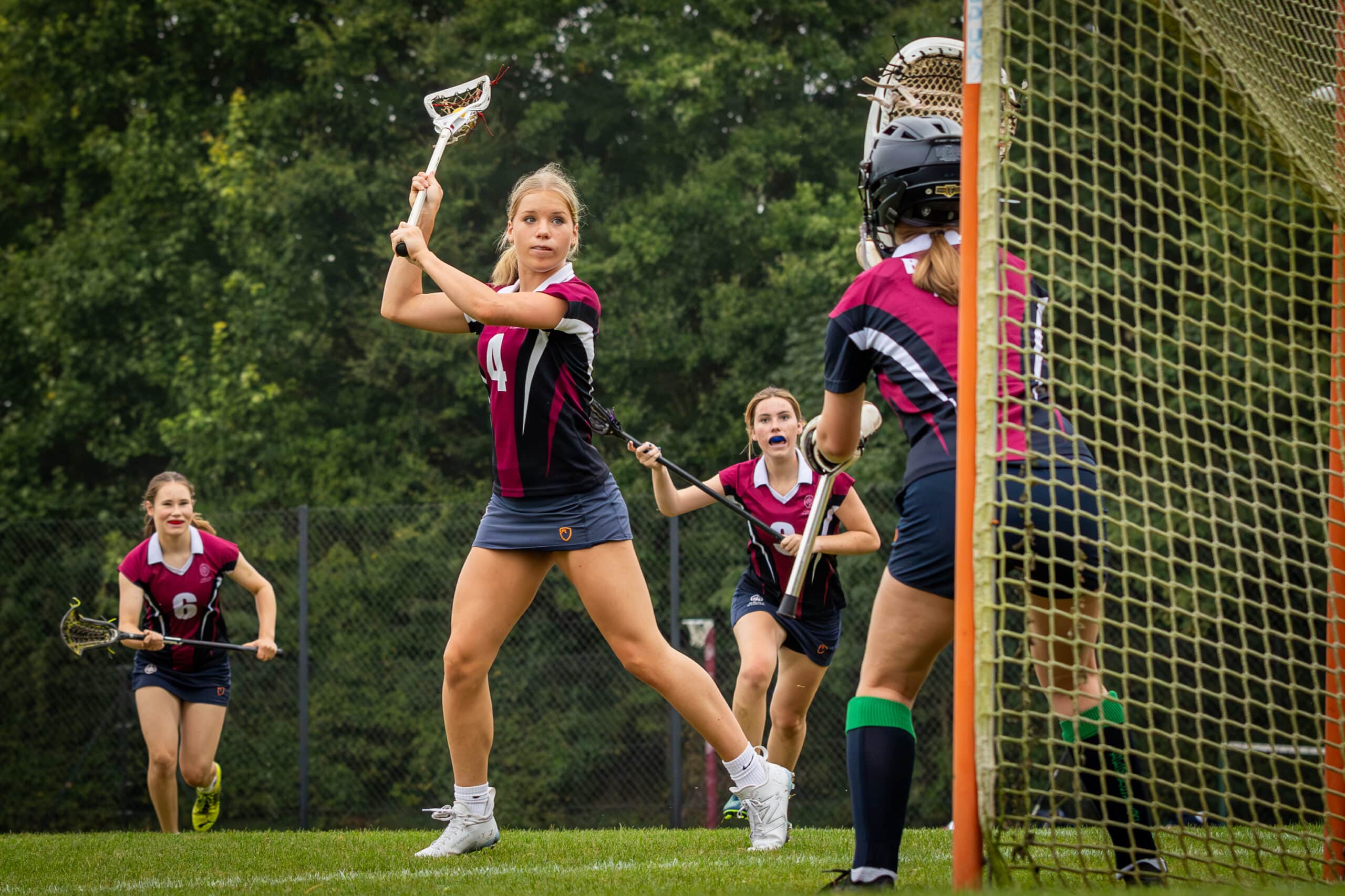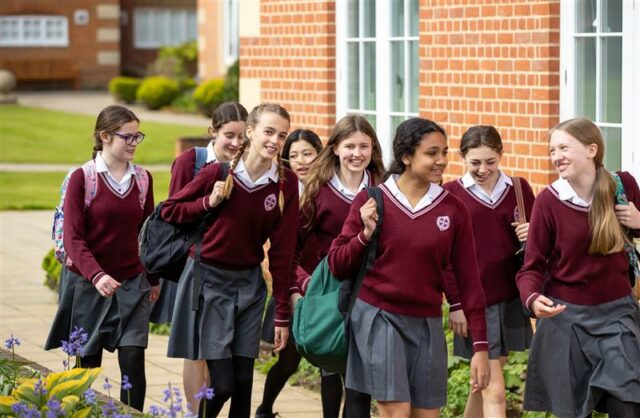The sporting world’s obsession with finding the next “insert sporting superstar of your choice” highlights the assumption commonly made that being good at a young age transfers to senior success. The success stories of Wayne Rooney or Tiger Woods being hyper-specialised and dominant from a young age are attention grabbing, but is that the ideal route, or are they the exceptions?
The latest research from the Sports Medicine journal suggest that predictors of junior and senior elite performance are in fact, in many cases, the opposite. The study reviewed over 9,000 athletes (male and female) from across the globe. 67% were from team sports, 24% from centimetre-gram-second (CGS) sports – such as athletics, rowing, and weightlifting – and the remainder from combat, artistic and other sports. The athletes were tiered as either:
- World class: athletes who placed in the top ten at major international championships
- National class: athletes who were part of a national squad and/or placed in a top ten at a national championships and/or played in the highest national league
- Regional class: athletes competing below national standard but above county
- Below: athletes competing at a local or county level
So, what did they find?
For junior success, the findings suggested that these athletes achieved key milestones earlier, started the sport at a younger age, undertook more main sport practice and less practice in other sports.
In contrast for senior success, athletes had later milestone achievement, started the sport later and took part in other sports to a greater extent. In senior athletes, the amount of main sport practice was less of a predictor of success than in the junior age groups (in part because at the senior level everyone has high levels of practice), and the amount of early main-sport practice was not related to senior success.
At the very top-end, compared with their national-class counterparts, senior world-class athletes engaged in more childhood/ adolescent coach-led practice in sports other than their main sport.
What were the other takeaways from the study?
- Childhood/ adolescent multi-sport engagement is associated with reduced risks of later overuse injuries and burnout.
- Practice and competition experiences in various sports increase the odds that athletes find the sport that best matches their talent and preferences.
- Varied learning experiences (tasks, situations, methodologies) may expand the potential for future long-term learning, ie their learning capital.
- Collectively, the findings suggest that a childhood/ adolescent investment pattern that is relatively resource-preserving (time, the athlete’s body, health), cost-reducing (opportunity costs, future potential, especially learning capital), and risk-buffering (injury, burnout, distributing “risk capital” to various sports) is associated with gradual initial progress, but sustainable long-term efficiency of practice and performance development.
What can we make from all this?
For a current higher ability child, aim to keep value on multi-sport practice without adding in excessive volume that could lead to burnout/ overuse/ injury. Have a long-term view on engaging with sports and their achievements along the way through school, university and beyond.
For a current average ability child, the unknown potential might be in their favour… Growth and maturation have a big impact on abilities through adolescence, but knowing that success can come later is potentially huge for motivation. So, value multi-sport practice and sampling to find the right sport and trust over the long-term that anything is possible!
For those wishing to read the study, the paper is available on open access: Barth, M., Güllich, A., Macnamara, B.N. et al. Predictors of Junior Versus Senior Elite Performance are Opposite: A Systematic Review and Meta-Analysis of Participation Patterns. Sports Med 52, 1399–1416 (2022)

